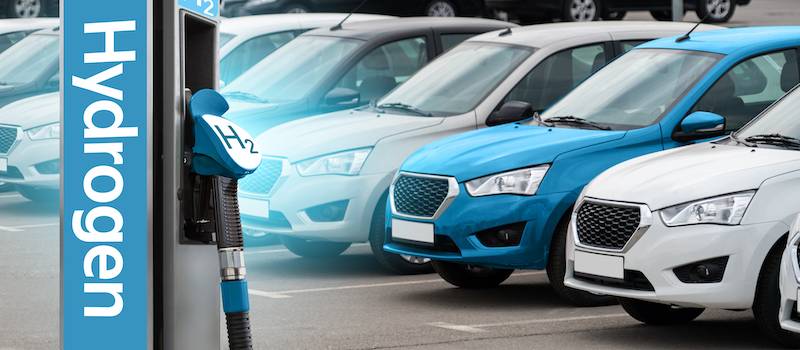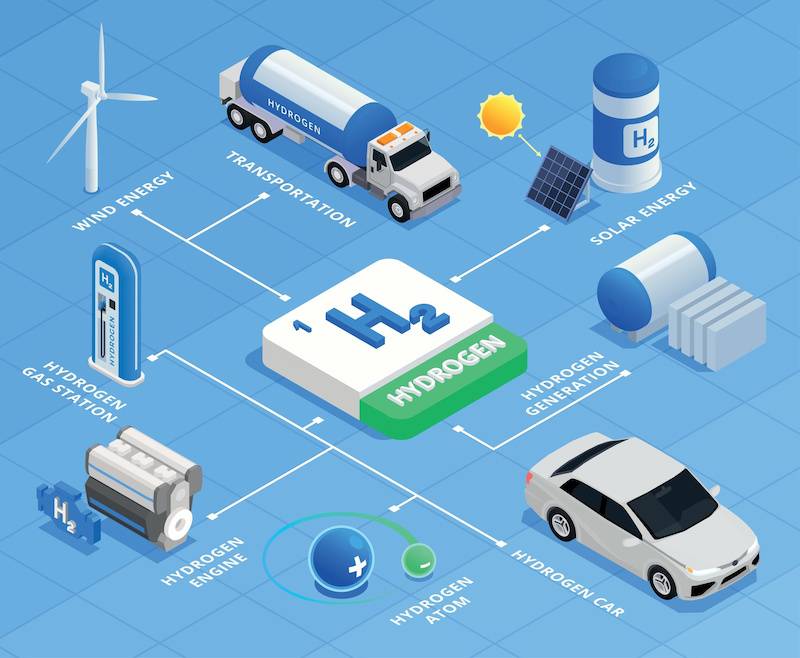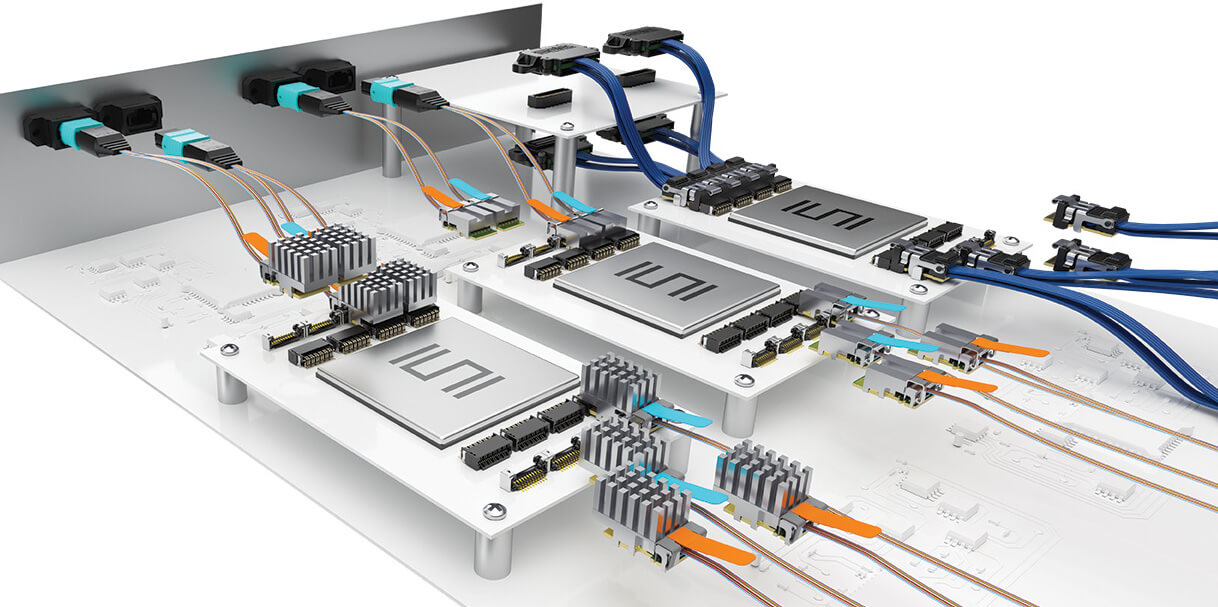We have been talking about renewable energy recently, and we have been looking in some detail into the subject of charging infrastructure for the latest electric vehicles. The rise of the electric vehicle seems unstoppable but there might be another, even more useful, alternative. This is the power of hydrogen as a fuel source.

The search for an alternative to fossil fuels is one of our biggest challenges. The effects of our fossil-fuel economy on the environment have been clearly documented and, if we take no action, we face an uncertain future. It is therefore vital that we all apply our best efforts to reversing the effects of climate change to protect our world for the generations to come.
For centuries, our industrialized economy has relied on the burning of non-renewable resources. Coal, oil and gas are extracted at great cost, and their use introduces enormous amounts of carbon dioxide into the atmosphere. It is this carbon dioxide that is creating the climate change that we must fight.
The Solar Alternative
The sun is possibly the greatest resource we have at our disposal. Not only does it provide energy in the form of light and heat, but its gravitational effects are responsible for weather, tides and waves. These are all sources from which we can obtain clean electricity, and this energy is central to our future efforts.
Replacing conventional power stations, energy can be harnessed by huge solar or wind power installations, using the established electricity distribution network. This is not the only energy source that we can use, and new technology is allowing users and consumers to take greater control of their own energy needs. The rise of microgeneration enables homeowners and businesses to play an active role in the energy economy.
However, simply creating clean energy cannot provide a complete solution. Electricity is not always the best energy source for all applications. When we look at large commercial vehicles, gasoline and diesel are useful fuels because they provide a high energy density. They can deliver a lot of energy from a relatively small volume and weight.
The Limitations of Batteries
Modern battery technology is providing the energy density that makes electric vehicles a realistic and practical alternative to fossil fuels. Today’s automotive manufacturers are creating electric vehicles that rival conventional cars in both range and performance. Fast charging technology has made electric a practical choice for family cars, and manufacturers are creating networks of dedicated stations, capable of charging electric cars quickly. With these technologies, we are seeing huge growth in the adoption of electric vehicles.
However, other sectors of the transportation industry require energy densities that make battery solutions impractical such as shipping aviation. However, sector coupling creates other, exciting opportunities for the future. Batteries charged with clean electricity do not represent the only solution. Instead, clean electricity can serve as the primary source of the energy economy. Once generated, electricity will be used to electrolyze water to create hydrogen, sometimes known as e-hydrogen.
The Usefulness of Hydrogen
Hydrogen is a clean alternative to fossil fuels. When used as a fuel, hydrogen is very clean, combining with oxygen to create pure water. However, hydrogen is not the complete solution. Hydrogen can be combined with carbon extracted from captured carbon dioxide to create a range of more convenient power sources. These fuels, such as methanol, kerosene or ammonia, can be stored in liquid or gaseous form. This means that they are more suitable for use in sectors such as heavy transport and aviation, where the energy density provided by such fuels makes them a more attractive solution than batteries.
The portability of e-fuels means that they can also be transported in ways that electricity cannot. This makes it easier to deliver power to places where generation of electricity is difficult or inefficient. Using pipelines or bulk transport, e-fuels can be carried to remote locations and used to create power in a process known as re-electrification. In this way, consumers can benefit from low-carbon energy even in situations where they cannot create their own solar or wind electricity.

This electricity-centered energy strategy is called Power-to-X, and sometimes Sector Coupling. The usefulness of sector coupling is that electricity can be used to generate the power we need, whether in the form of batteries, hydrogen or more complex chemicals created with carbon captured from the atmosphere. The result is a circular economy that will greatly reduce our reliance on non-renewable sources and minimize the pollution of our atmosphere.
Even as we look toward electric vehicles as the next step, it could be hydrogen that offers a genuine vision of the future. Using nothing but clean electricity and water, hydrogen is a vital tool to reduce our impact on the environment even while our demand for energy increases.



Leave a Reply